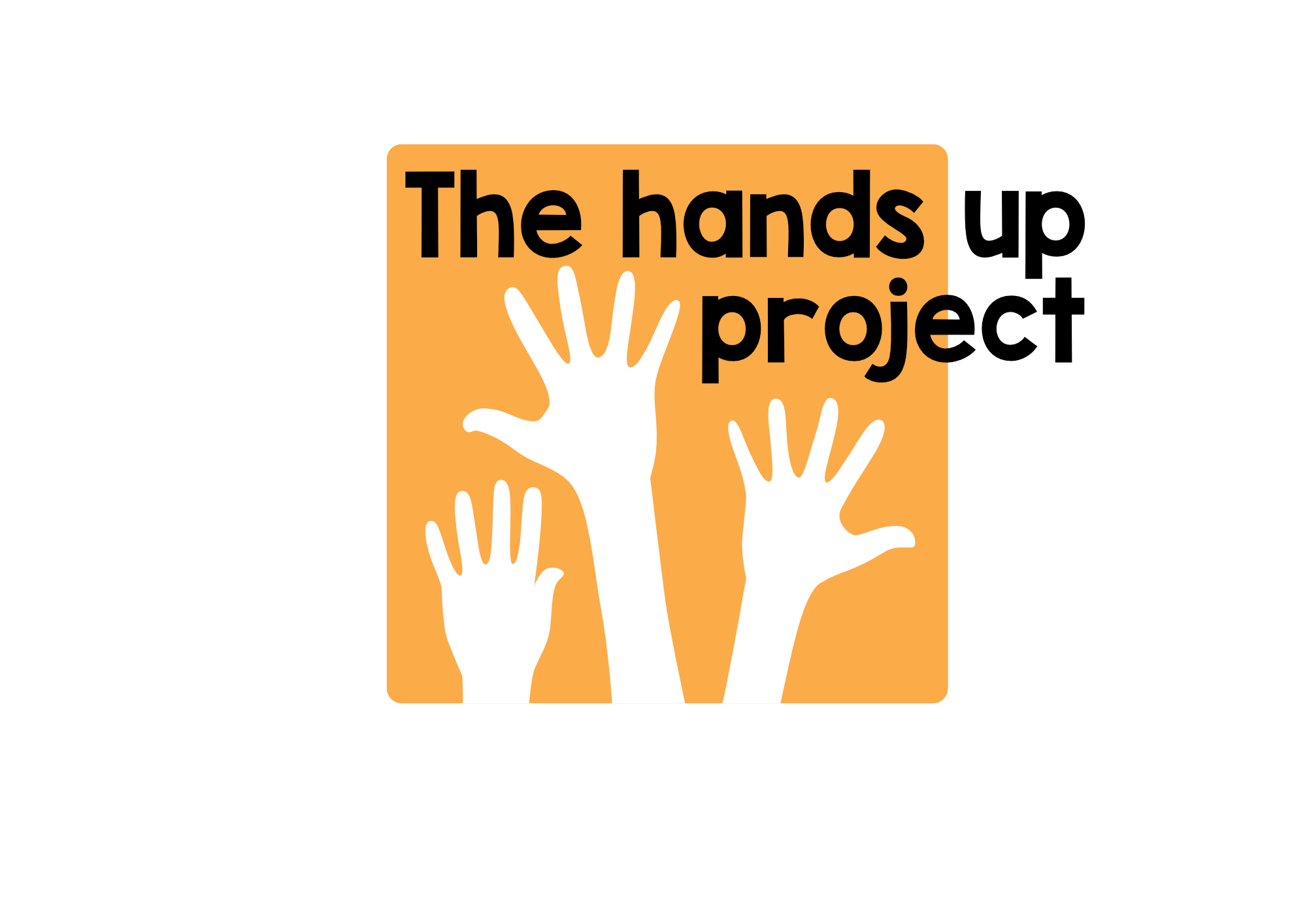Lesson Jamming
Where do ideas for teaching come from? And where, indeed, do they go to? Increasingly I feel that they evolve organically out of classroom practice and out of collaborative dialogue between teachers, and between teachers and learners.
The closed Facebook group which grew out of the course on Storytelling in Language Teaching that I ran in Ramallah in January for the British Council has become a community of practice like this, where this kind of dialogue is happening. It is by far the most active and focused Facebook group I belong to. Every day there is at least one post about something related to storytelling in Palestine, there are lots of videos of teachers and learners telling stories, and there is a lot of support and suggestions from members in the comments. And who knows what kind of long term impact such dialogues may have?
More than twenty years ago, when I was working as a teacher in Brazil, a young man (let's call him Mauro) came up to me after one of my classes and said something like this....
'I've got a great idea for you. Why don't you start by teaching us all the words that begin with A, and then do B in the next class and then C and so on until we get through the alphabet'?
I must admit, I thought it was a crazy suggestion. I'd quite recently done a teacher training course (CTEFLA as it was then) and the idea that vocabulary should always be presented in context and that words should be connected through meaning rather than form had been drummed into me. Mauro's idea seemed to go against this completely. I probably smiled politely and thanked him for the suggestion, but inside I was fuming that a learner felt he could tell me how to do my job better!
In fact, however, if I look back on my past 25 years of teaching I can think of numerous cases where I have learnt something about how to do my job better from listening to learners. One example is from the time I worked with adult beginners in Birmingham. Not being able to speak the first languages of the students, I'd sometimes try to set up unnecessarily complex pairwork activities through gestures and demonstrations. The students would misunderstand what I wanted and do something completely different, and then I'd think, 'Actually what you are doing is a better idea!' :-) Now some of these activities have become staple things that I fall back on in my teaching again and again. Going back to Mauro's idea, even though I thought it was an outlandish thing to do at the time, I never forgot what he said (perhaps because it seemed so outlandish) .
Then when I came to read Guy Cook's brilliantly controversial book, Language Play, Language Learning (OUP 2000), I discovered that were others who felt that linking words together through form (words that begin with the same letter for example) might be a useful thing to do. This book provides a huge challenge to the communicative approach, by suggesting that meaningful language use doesn't necessarily equate with memorable language use. Could it be that Mauro's idea is a good way of making language memorable?
A few weeks ago I was about to tell a story to a large group online in Rafah, Gaza, when the internet in the classroom suddenly cut out and we lost the connection. Luckily, the teachers on the ground, Sereen and Samir and me were still able to communicate through Facebook.
We wanted to give the girls something to do while they were waiting, and I found myself suggesting a version of Mauro's idea where each group could draw pictures of as many things as they could think of which began with a certain letter. Sereen and Samir improved the activity by asking them to each do this for the letter which started their names. We actually never got the connection back but the girls got busy and Samir took pictures of what some of them had drawn and then sent these to me, again using Facebook. In the next class with this group I was able to show the whole class the pictures they had drawn and to do some activities around their drawings. That evening I posted about this experience on Facebook and another teacher, Sahar messaged me and suggested asking the learners to write a story using the words they'd drawn. I told her I thought that was a great idea and the next day she tried it out in class. Here are the pictures and a story that one student came up with.
I think that Sahar's activity is a really nice way to produce a personalised and highly memorable piece of writing. So I tried it out with a boys’ group that I was working with the following week.
So thank you to Sereen, Samir, Sahar, Mauro and Guy for all having a hand in constructing this activity and thank you to all of you who are going to comment below and keep developing new teaching ideas.
